7-Step Approach to Solve Any Coding Problem (Important for Interviews)
Discover the comprehensive 7-step strategy to conquer coding problems in interviews. Learn how to understand, plan, code, debug, optimize, and present your solutions effectively.
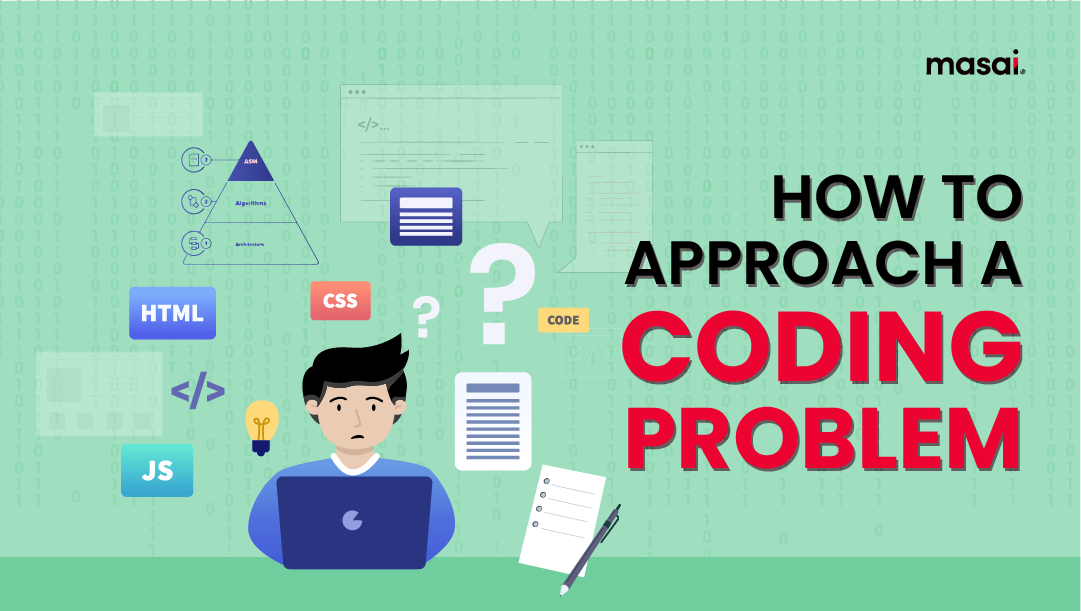
The capability to approach hard problems confidently is a quality that can set you apart in the fast-paced world of coding interviews. Whether you're a seasoned programmer or just starting out, developing your problem-solving skills is imperative.
Welcome to a thorough manual that reveals a 7-step process for resolving any coding issue, a goldmine of knowledge created to help you conquer those technical interviews with grace. From understanding the problem to presenting your solution, we'll walk you through each step, equipping you with the knowledge and strategies needed to excel in the coding interview arena. Let's dive in and unlock the secrets to becoming a coding problem-solving virtuoso.
So, you’ve been given a problem in a coding interview for the company you have ever so wanted to be a part of, and for the same reason you feel nervous and you can’t find a way. You feel stuck, your lips drying and your palms sweating.
“But, I’ve solved such questions a hundred times before”. We know that. And that’s how coding can be, you’ve solved something 100 times but you can get stuck the 101st time. What do you do about it, then?
How can you ensure that you don’t falter in critical situations and solve those problems with impeccable consistency?
You can do that by clearing all the clutter and following a streamlined approach to solving problems. Now, there’s a 100% chance that you already follow a certain process subconsciously and get results out of it. But, in important moments your mind can get blurred and you might end up scratching your head.
Thus, it's important to have a process in your conscious mind, so, when the time comes you know what roadmap to take instead of feeling all fidgety.
And that’s why we have laid down a bullet-proof roadmap for you to approach any programming problem the right way and end up solving most problems at hand. It’ll help you in visualizing the solution and optimize for time and space complexity, not just in coding interviews but in general.
Make Sense of the Problem and Analyze
Before diving into coding, make sure you fully comprehend the problem statement. Break it down into simpler components and clarify any doubts. A deep understanding is the foundation for a successful solution.
It can be tempting to jump straight into coding and break that time barrier when given a problem. However, that’s the wrong approach more often than not.
Understanding the problem comes first and foremost. By understanding, we mean:
- Making sure that you have enough information
- Would you be able to explain the question to someone in a layman’s way?
- Can you deduce what and how many inputs are required?
- What would be the output for those inputs?
Remember, a war starts with strategy, not on the battlefield.
Clarify any sections of the problem that are unclear as you read through it. You can do this during an interview by asking the interviewer to describe the problem.
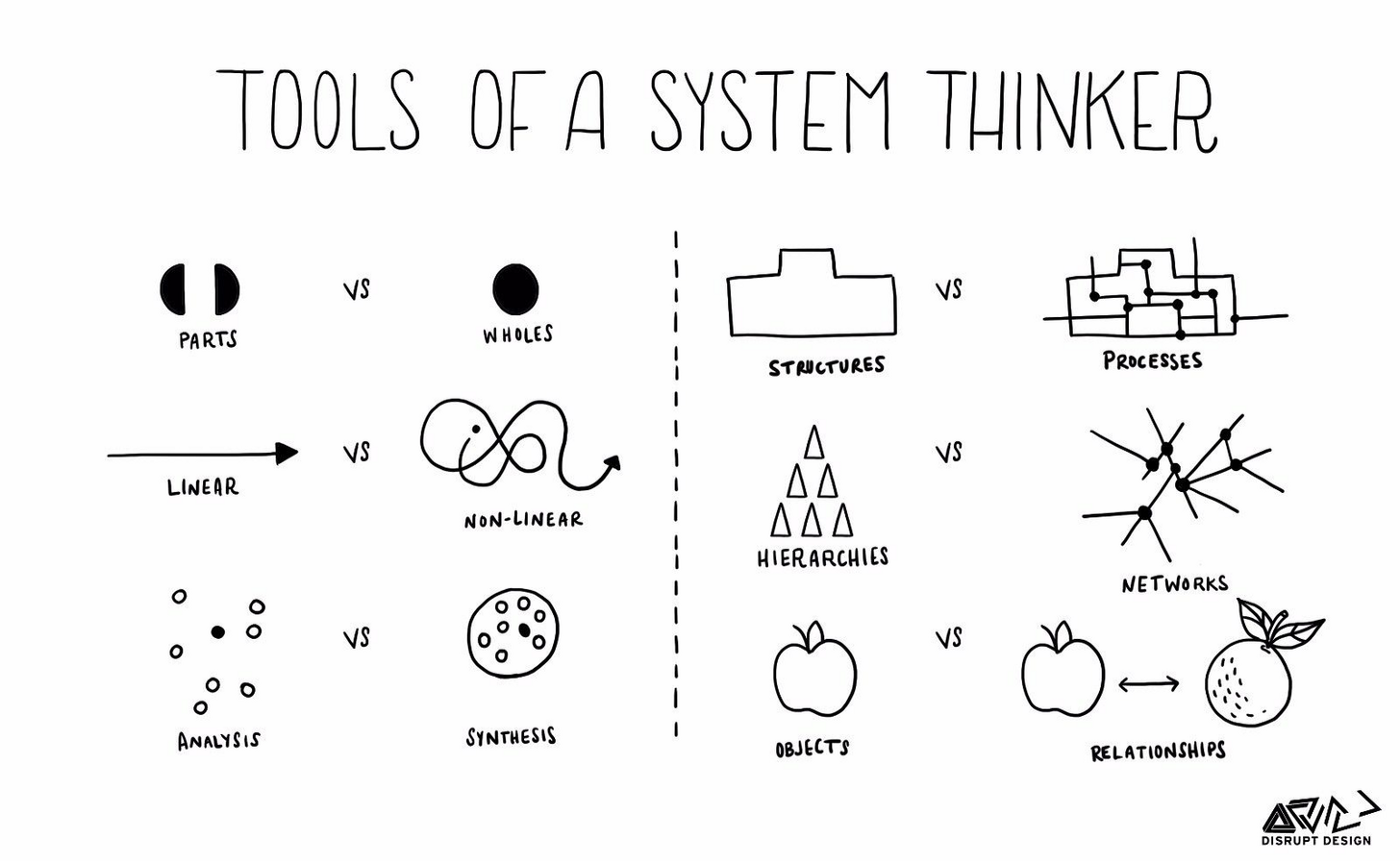
Incorporate system thinking into your problem-solving.
Systems thinking approach recognizes that a whole is greater than its parts — that all the aspects of a problem connect, interact, and influence results.
Have you ever encountered someone who sees things from a 10,000-foot perspective? They focus on the bigger picture rather than the specifics, and they are skilled at assessing situations before taking action. These people are most likely good "systems thinkers."
Visualize the problem using pen and paper
Consider different approaches to solving the problem. Choose the one that seems most efficient and scalable. Outline your solution on paper or in your mind, including algorithms and data structures.
Have you ever wondered why videos demonstrating the solutions to coding challenges often use diagrams and why coding interviews are typically conducted on whiteboards?
That’s because whiteboards allow you to draw diagrams which hugely benefits problem-solving.
Understanding how the internal state of a program changes is a significant aspect of coding, and diagrams are incredibly helpful tools for representing the internal state of data structures. Create a visual depiction of the problem and, if necessary, the internal states at each stage if you are having trouble understanding how the solution is reached.
The same can be true about code. The goal of handwriting code is to work through logic ahead of time. In design, there is a desire to "get in the browser" as quickly as possible, but there is a pearl of conventional wisdom in hand-drawing designs. A low-fidelity medium facilitates speedy experimentation and low-cost errors.
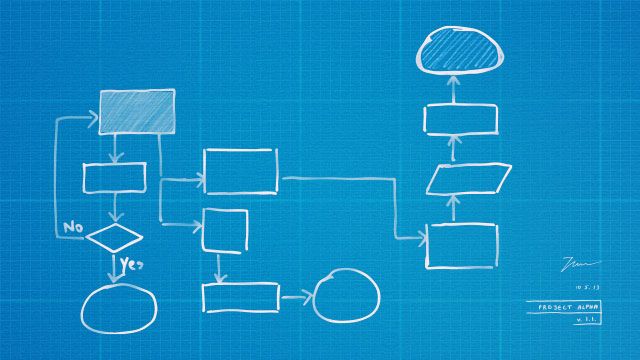
If the input consists of trees, graphs, matrices, or linked lists, this technique is particularly helpful.
Break down the problem
Instead of being intimidated and becoming confused by a complex or large coding question, it is better to break it down into smaller pieces and then attempt to solve each component individually. The actions you should take to answer the challenging coding questions are listed below:
- Create a UML diagram or a flowchart for the problem at hand
- Separate the issue into smaller issues or parts
- Address the smaller issues. Create separate functions for every subproblem
- Call the solutions to each subproblem in the correct order or as necessary to connect them
- Use classes and objects whenever necessary for handling questions (for real-world problems like management systems, etc.)
Use Sample Inputs and Examples thoroughly
Taking more examples and working through some sample inputs can help you grasp the issue better. It will also help you determine how many different scenarios your code should cover and what kinds of outputs or output ranges are possible.
Here is what we would recommend:
- Use extremely basic examples to determine the results.
- Increase the complexity and size of the inputs to determine the output and the desired number of use cases.
Now is the time to handle ‘edge cases’
- Try solving the issue without any input; what should the result be?
- Try the issue with invalid input and see what the result should be
Edge case- An edge case in programming often contains input values that require specific handling in an algorithm behind a computer program. In such circumstances, unit tests are typically created as a measure for validating the behaviour of computer programs; they test the boundary conditions of an algorithm, function, or method.
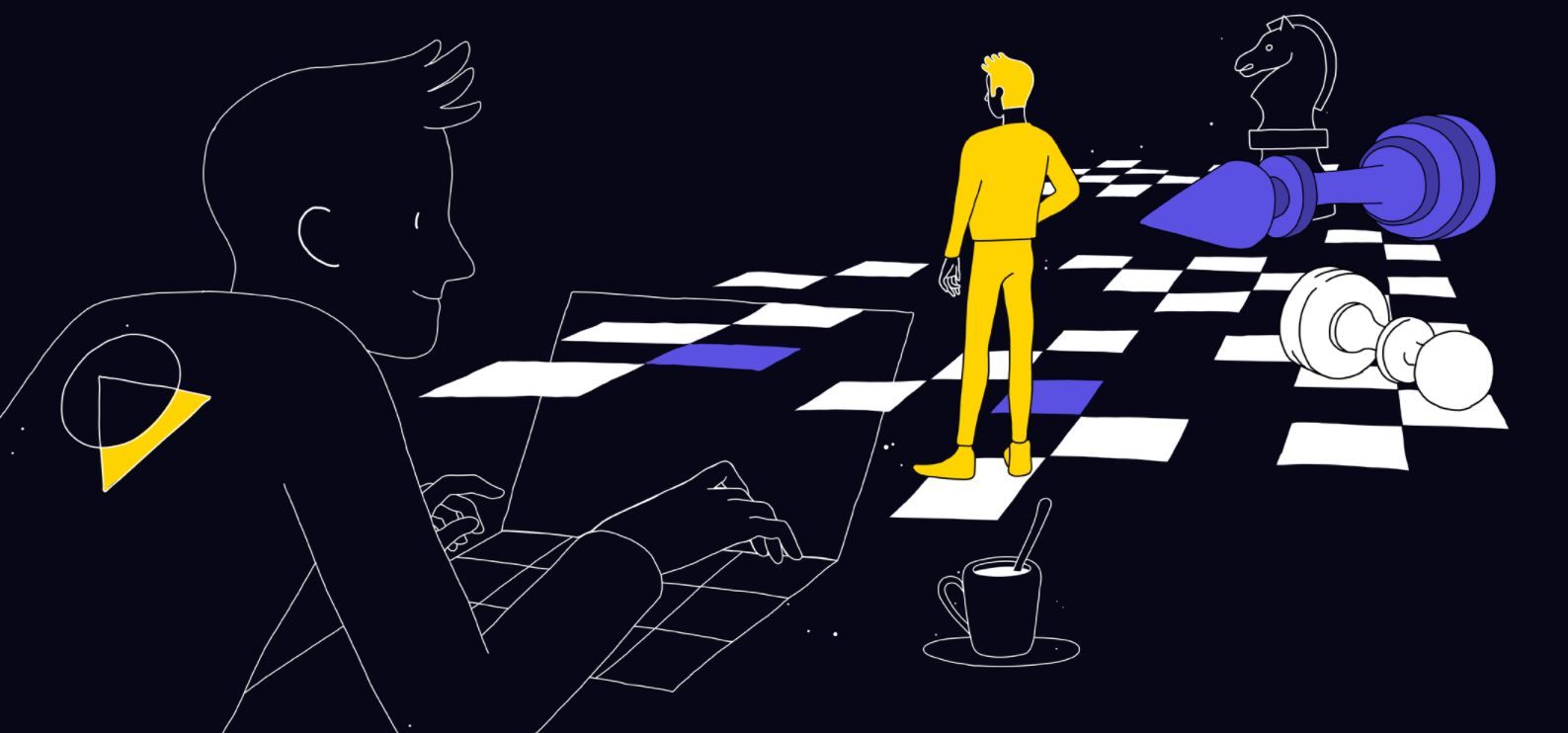
Write the Pseudocode
Pseudocode is a high-level description of your solution using plain language. It helps you organize your thoughts before writing actual code. Ensure your pseudocode is clear and easy to understand.
The next step would be to write your devised plan in pseudo-code.
What’s a pseudo code?
Pseudocode is a straightforward explanation of an algorithm's steps. In other words, your pseudocode is your step-by-step strategy for resolving the issue.
Outline the steps you must take to resolve the issue in writing. There would be more steps if the issue were more complex.
For now, let’s take a simple problem as an example:
“Create a function that adds together two numbers and returns that value.”
For this problem, your pseudo code might go something like this-
- // Create a sum variable.
- Add the first input to the second input using the addition operator.
- // Store values of both inputs into the sum variable.
- // Return as output the sum variable.
This would be the step-by-step plan to reach the solution. Even if you encounter more complex cases, think of how a human solves problems systematically. What we often forget is that the working solution is just the code version of the manual approach we take.
You can create the code for an approach if you can identify a certain set of guidelines that apply to every example. Even while you might not find the best solution by doing this, it's a start and will earn you some points.
Start Coding
Start writing your code incrementally, focusing on small sections at a time. Test each part thoroughly to catch errors early. Use comments to explain complex logic and your thought process.
It's time to convert the pseudocode you just wrote into actual code.
Each line of your pseudocode should be replaced with actual code written in the language you are learning. If your difficulty has been broken down into smaller problems, note the code for each smaller problem. Keep these three things in mind when you write the code:
- The point where you first started
- Where are you at this moment?
- What is your goal or intended outcome?
Also, keep in mind to focus on just the coding part at this step. You might think like- ‘What if it turns out to be inefficient code?’ But you don’t have to think of optimizing for now in case of a complex problem. You can always get to that later.
When participating in an interview, avoid wasting time by first finding out the entire solution before sharing it with the interviewer. Instead, keep the problem simple while sharing your strategy instead.
- Describe your starting point to the interviewer.
- Describe the strategy you have in mind right now.
You must have heard this in several places and by several experts that interviews are more interested in knowing your approach to the challenge. And that’s absolutely true.
If you find a part that is really difficult, ignore that for a while and continue solving the simpler sub-parts. This will give you the time to reflect on the challenging area; and finally, you can try applying a similar strategy to the challenging part. It works.
Optimize your code
Always strive to make your code better. Consider the past, reevaluate the situation, and look for a superior or different answer. You should aim to produce the proper quantity of good code, as we previously discussed, so always look for a different solution that is more effective than the original.
The final step you should take is not to just write the right answer to your problem. Write out the most effective or optimized solution for your code after thoroughly exploring all potential answers to the problem.
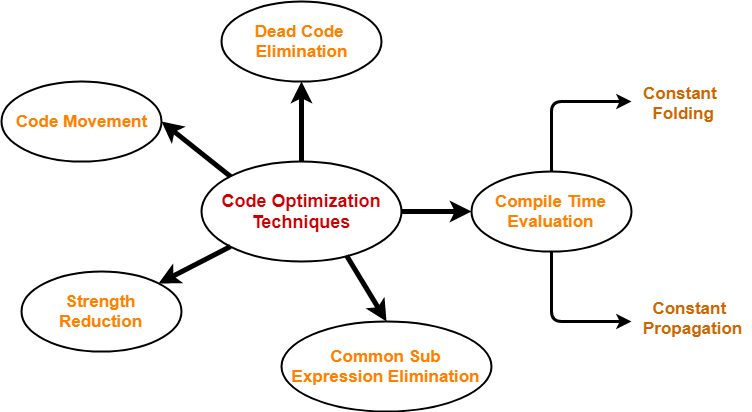
Following are some questions you should ask yourself once you have finished developing the solution to your code:
- Does this code work for all input scenarios, including the edge cases?
- Can there be a different approach to the same problem?
- Is the coding productive? Can the performance be enhanced or made more effective?
- How else could the code be made to be more readable?
- Are there any additional stages or tasks you can eliminate?
- Is your code repetitive in any way? Get rid of it.
And voila! You would have successfully solved the problem in most cases if you follow the process correctly.
Applying the same process in problem after problem will set a default method in your mind and coding will get much faster and more effective over time.
Wrap Up
We hope you were able to grasp the step-by-step process of taking on a coding problem.
If you're an aspiring programmer striving to build a scalable career in the tech industry, check out our full-time and part-time courses in full-stack web development, offered at zero upfront fee.
And if you're already a working professional and want to elevate your career and salary to new heights, we've got you covered as well. Check out the Masai X - Backend Development Course and pay for the program only if you get placed for a CTC of INR 10 LPA.
Cheers!
FAQs
What's the importance of understanding the problem before coding?
Understanding the problem is crucial because it forms the basis for any effective coding solution. Without a clear grasp of the problem statement, you may end up creating inefficient or incorrect code. Proper understanding allows you to break the problem into manageable components, select the right algorithms, and design an efficient solution.
Why is code optimization important in the problem-solving process?
Code optimization is essential to enhance the efficiency and performance of your solution. In interviews, interviewers often evaluate not just the correctness of your code but also its efficiency. Optimized code can reduce time and space complexity, making it more scalable and effective. It showcases your ability to think critically and produce high-quality code, which can be a significant advantage during technical interviews.

